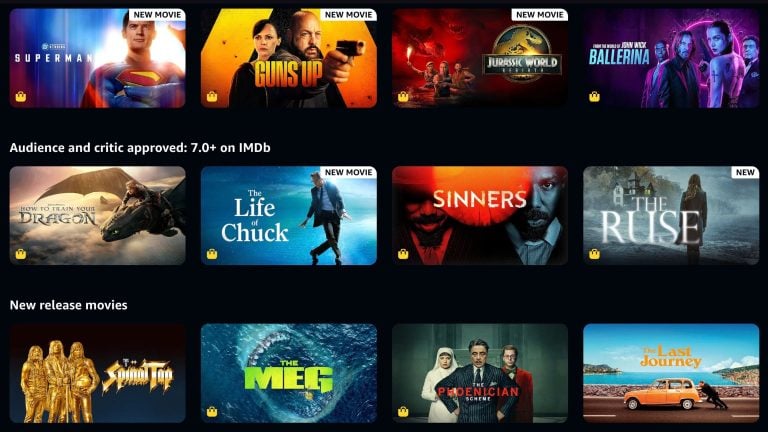Twitter has updated the “offensive” tweet warning, which pops up when a user is about to post something that it thinks would be considered offensive. Now, it will take into account your relationship with the user you are replying to and is more aware of phrases that have been “reclaimed by underrepresented communities.”
In February, Twitter re-introduced the controversial “potentially harmful or offensive” reply warning, which was first tested in May 2020.
It is one of several efforts by the company to mold users’ behavior. Others include the “read before you retweet” message, which appears when a user is about to retweet a post with a link.

The company has updated the “be nice, think twice” system, taking into account the relationship between users. If a user is replying or tweeting to a friend they regularly interact with, the system will assume “there’s a higher likelihood [they] have a better understanding of preferred tone of communication” and not show the “potentially harmful or offensive” reply warning.
Twitter also claims to have updated the system to be better at identifying “strong language.” The system is also now more knowledgeable of vocabulary that is “reclaimed by underrepresented communities” that would otherwise be considered harmful.
The update to the offensive tweet prompt will roll out to English users of the iOS app, first, then to Android users “in the next few days.”
The social media company claims that the prompt is effective, saying that 34% of users that have been shown the prompt have “revised their initial reply or decided to not send their reply at all.” The company further claims that the prompt has, on average, resulted in 11% fewer “offensive replies.” But these statistics are self-reported, meaning the company could be overstating the effectiveness of the warning.








